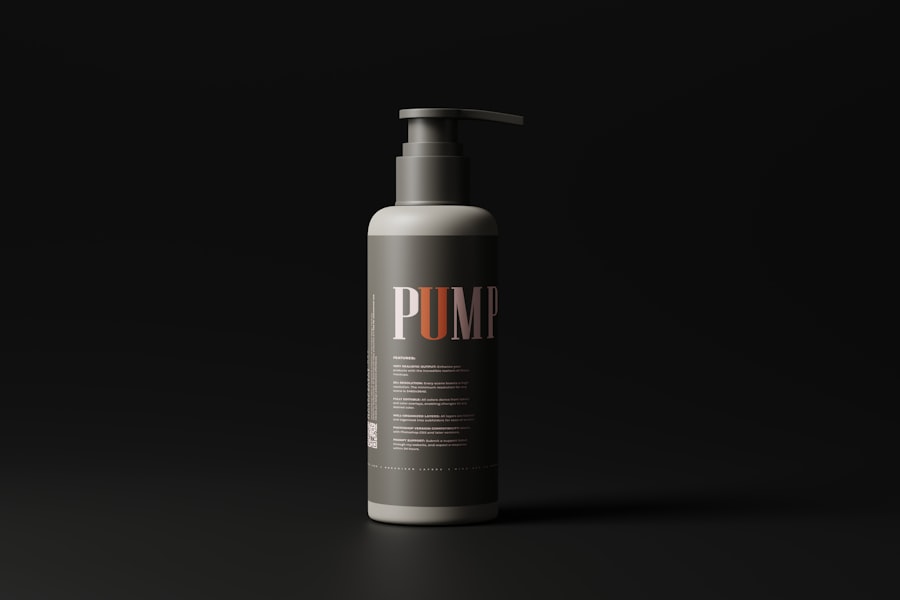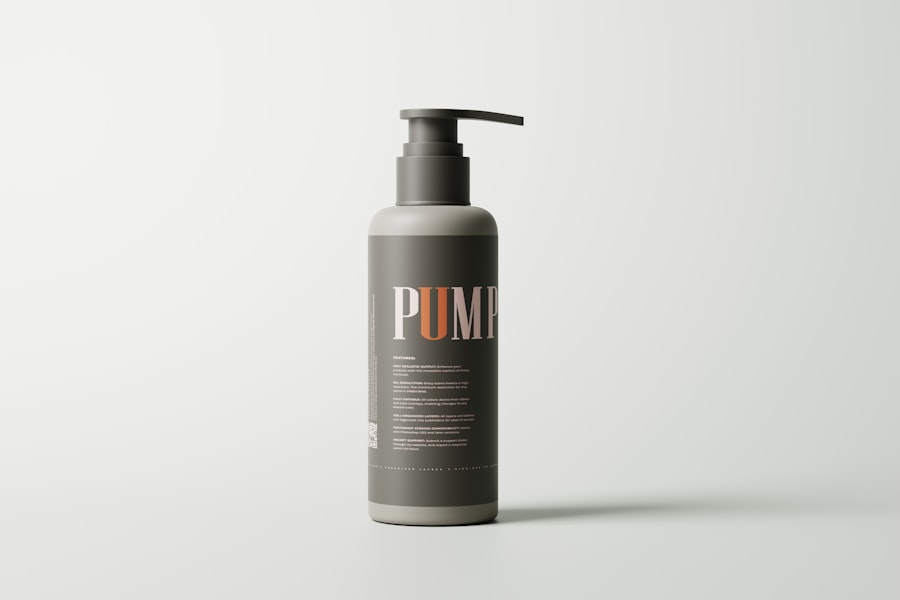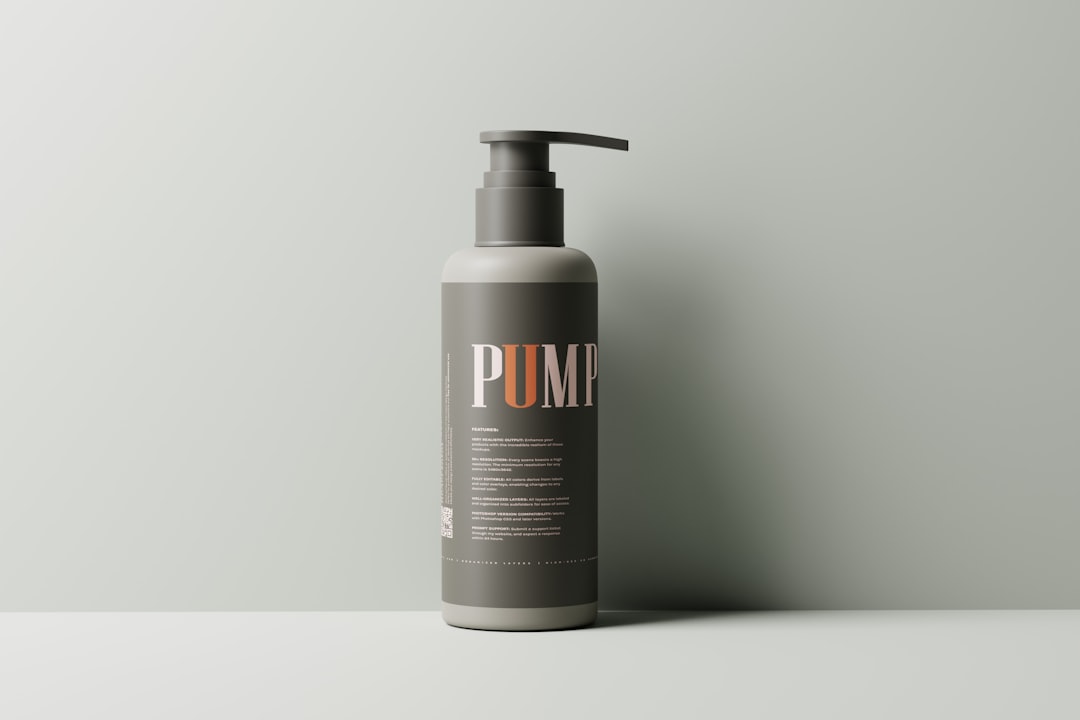After undergoing laser hair removal, you may find yourself feeling excited about the prospect of smooth, hair-free skin. However, it’s crucial to recognize that the care you provide your skin in the days and weeks following the procedure can significantly impact your results. Post-laser hair removal care is not just an afterthought; it is an essential part of the process that can enhance your comfort and ensure the best possible outcome.
By understanding the importance of this care, you can take proactive steps to protect your skin and maximize the benefits of your treatment. Your skin has just undergone a procedure that targets hair follicles with concentrated light energy, which can leave it sensitive and vulnerable. This sensitivity means that your skin requires special attention to heal properly.
Neglecting post-care can lead to complications such as irritation, pigmentation changes, or even infection. Therefore, it’s vital to follow a structured aftercare routine that includes soothing your skin, protecting it from environmental stressors, and maintaining its overall health. By prioritizing post-laser care, you not only enhance your comfort but also ensure that the results of your treatment are long-lasting.
Key Takeaways
- Proper post-laser hair removal care is crucial for achieving optimal results and preventing potential side effects.
- Managing discomfort and redness after laser hair removal can be done through the use of soothing creams and cold compresses.
- Protecting your skin from sun exposure is essential to prevent hyperpigmentation and other skin damage post-treatment.
- Moisturizing and hydrating your skin regularly can help maintain its health and promote faster healing after laser hair removal.
- Avoiding excessive heat and sweat, as well as properly exfoliating your skin, are important steps in preventing irritation and potential complications.
Managing Discomfort and Redness After Laser Hair Removal
Managing Discomfort
To alleviate any discomfort, consider applying a cold compress to the affected areas. The coolness can help soothe your skin, reduce inflammation, and provide immediate relief. Additionally, over-the-counter pain relievers such as ibuprofen or acetaminophen can be beneficial in alleviating any lingering discomfort.
Post-Treatment Care
It is essential to give your skin time to recover after the treatment. Avoid touching or scratching the treated areas, as this can exacerbate irritation and lead to complications. Instead, allow your skin to breathe and heal naturally.
Monitoring Your Recovery
If you notice persistent redness or swelling that doesn’t subside after a few days, it’s wise to consult with your dermatologist for further guidance. They can provide tailored advice and ensure that your recovery is on track.
Protecting Your Skin from Sun Exposure

One of the most critical aspects of post-laser hair removal care is protecting your skin from sun exposure. After treatment, your skin is particularly sensitive to UV rays, which can lead to pigmentation changes or even burns. To safeguard your skin, it’s essential to apply a broad-spectrum sunscreen with an SPF of at least 30 every day, even on cloudy days.
This protective barrier will help shield your skin from harmful rays and prevent any adverse reactions. In addition to sunscreen, consider wearing protective clothing such as wide-brimmed hats or long sleeves when spending extended periods outdoors. If possible, try to avoid direct sunlight during peak hours, typically between 10 a.m.
and 4 p.m., when UV radiation is strongest. By taking these precautions, you can significantly reduce the risk of sun damage and ensure that your skin heals properly after laser hair removal.
Moisturizing and Hydrating Your Skin
| Product | Moisturizing Level | Hydrating Level |
|---|---|---|
| Lotion A | High | Medium |
| Cream B | Medium | High |
| Serum C | High | High |
Keeping your skin well-moisturized is another vital component of post-laser hair removal care. After the procedure, your skin may feel dry or tight due to the treatment process. To combat this dryness, incorporate a gentle, fragrance-free moisturizer into your daily routine.
Look for products that contain soothing ingredients like aloe vera or hyaluronic acid, which can help hydrate and calm your skin. In addition to topical moisturizers, staying hydrated from within is equally important. Drinking plenty of water throughout the day will help maintain your skin’s elasticity and overall health.
Proper hydration can also aid in the healing process, allowing your skin to recover more quickly from the effects of laser treatment. By prioritizing both external and internal hydration, you can support your skin’s recovery and enhance its appearance.
Avoiding Excessive Heat and Sweat
After laser hair removal, it’s advisable to avoid excessive heat and sweat for a few days. Activities that cause you to sweat—such as intense workouts, hot baths, or saunas—can irritate your sensitive skin and lead to complications like inflammation or breakouts. Instead of engaging in high-intensity exercise immediately after treatment, consider opting for gentler activities like walking or yoga that won’t put too much strain on your body.
If you do find yourself in a situation where you might be exposed to heat—like cooking in a hot kitchen—try to take breaks or step outside for fresh air. Keeping your environment cool can help minimize discomfort and promote healing. By being mindful of heat exposure during this critical recovery period, you can ensure that your skin remains calm and free from unnecessary irritation.
Properly Exfoliating Your Skin

While exfoliation is an essential part of any skincare routine, it’s crucial to approach it with caution after laser hair removal. Your skin will be more sensitive than usual, so it’s best to wait at least a week before resuming any exfoliation practices. When you do start exfoliating again, opt for gentle methods such as chemical exfoliants with alpha-hydroxy acids (AHAs) or beta-hydroxy acids (BHAs) rather than harsh scrubs that could irritate your skin.
Exfoliating helps remove dead skin cells and promotes cell turnover, which can enhance the overall appearance of your skin post-treatment. However, be sure to listen to your body; if you notice any signs of irritation or discomfort while exfoliating, it’s wise to scale back or consult with your dermatologist for personalized advice. By incorporating exfoliation thoughtfully into your routine, you can maintain healthy skin while supporting its recovery after laser hair removal.
Watching Out for Potential Side Effects
As with any cosmetic procedure, being aware of potential side effects is essential for ensuring a smooth recovery after laser hair removal. Common side effects include temporary redness, swelling, or mild discomfort in the treated areas. However, it’s crucial to monitor your skin closely for any unusual reactions such as blistering, excessive swelling, or signs of infection like pus or increased pain.
If you experience any concerning symptoms, don’t hesitate to reach out to your dermatologist for guidance. They can assess your condition and recommend appropriate treatments if necessary. Being proactive about monitoring your skin will not only help you address any issues promptly but also give you peace of mind as you navigate the post-treatment phase.
Following Up with Your Dermatologist
Finally, one of the most important steps in post-laser hair removal care is scheduling follow-up appointments with your dermatologist. These check-ins allow them to assess how well your skin is healing and whether you’re experiencing any side effects that need attention. Your dermatologist can also provide valuable insights into how many sessions you may need for optimal results and when to schedule them.
During these follow-up visits, don’t hesitate to ask questions or express any concerns you may have about your recovery process. Your dermatologist is there to support you and ensure that you achieve the best possible outcome from your laser hair removal treatment. By maintaining open communication with them and adhering to their recommendations, you can enjoy smooth, hair-free skin while minimizing any potential complications along the way.
In conclusion, taking care of your skin after laser hair removal is crucial for achieving optimal results and ensuring a comfortable recovery process. By understanding the importance of post-care routines—managing discomfort and redness, protecting against sun exposure, moisturizing effectively, avoiding excessive heat and sweat, properly exfoliating, watching for side effects, and following up with your dermatologist—you can set yourself up for success in enjoying the benefits of this innovative hair removal method. Prioritizing these steps will not only enhance your results but also contribute to the overall health and appearance of your skin in the long run.
One helpful article that provides detailed guidance on post-treatment care can be found at this link. This article offers valuable tips on how to care for your skin after laser hair removal, including avoiding sun exposure, moisturizing regularly, and avoiding harsh chemicals. By following these instructions, you can help maintain the smooth, hair-free results of your laser hair removal treatment.
FAQs
What are the after care instructions for laser hair removal?
After getting laser hair removal treatment, it is important to follow certain after care instructions to ensure the best results and minimize any potential side effects.
How should I care for my skin after laser hair removal?
After laser hair removal, it is important to keep the treated area clean and dry. Avoid using any harsh chemicals, exfoliants, or scrubs on the treated area for at least 48 hours. It is also important to avoid sun exposure and use sunscreen if going outside.
Can I shave or wax after laser hair removal?
It is recommended to avoid shaving, waxing, or plucking the treated area for at least 2 weeks after laser hair removal. This allows the hair follicles to shed naturally and minimizes the risk of irritation or complications.
What should I expect after laser hair removal?
After laser hair removal, it is normal to experience some redness and swelling in the treated area. This usually subsides within a few hours to a few days. Some people may also experience mild itching or discomfort, which can be managed with over-the-counter pain relievers and soothing creams.
How long should I wait before scheduling my next laser hair removal session?
The timing of follow-up laser hair removal sessions varies depending on the individual and the treatment area. It is best to consult with your laser hair removal technician to determine the appropriate timing for your next session.






